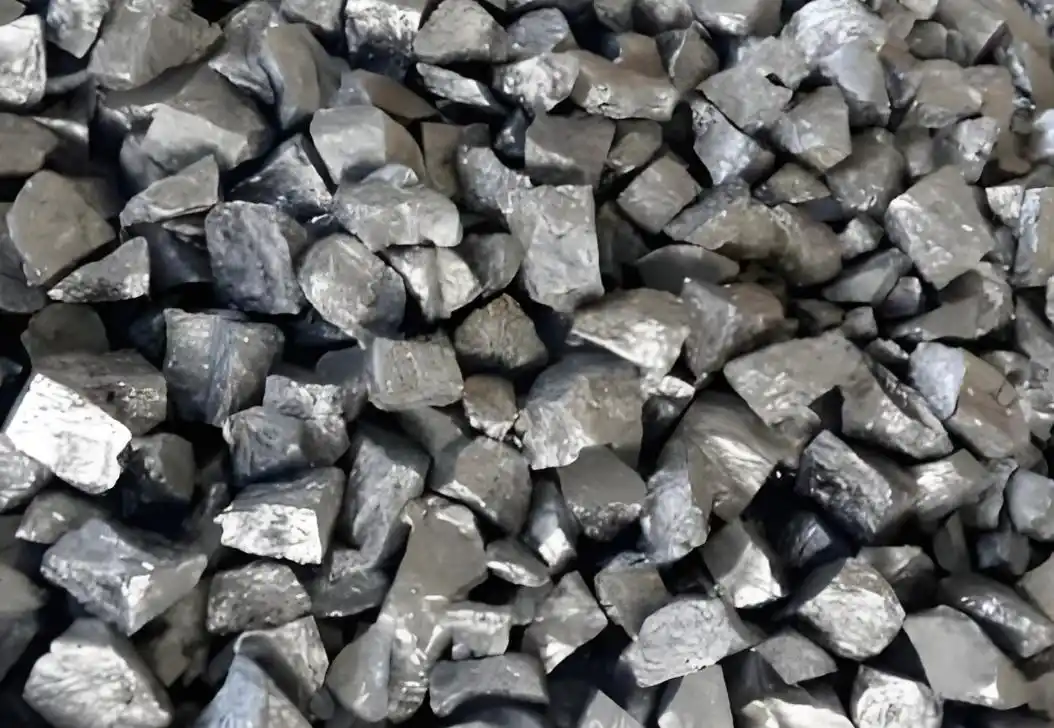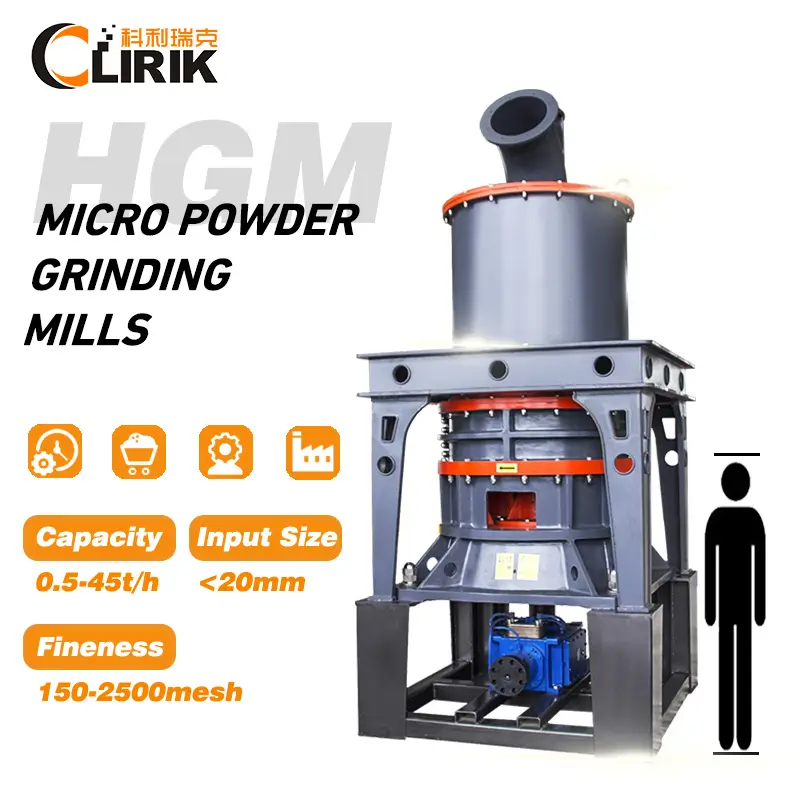For product information and pricing, Chat with sales agent:
or email us : sales@clirik.com
Click links below to see related products.

Chromite is the essential mineral source of chromium — a critical element used in stainless steel, refractories, and pigments. To meet industrial demands for high-purity and fine-grade materials, chromite must often be processed into ultrafine powder with a narrow particle size distribution.

The CLIRIK HGM Ultrafine Grinding Mill offers a modern, energy-efficient solution for processing chromite into superfine powder. It ensures precise fineness control, high efficiency, and environmentally friendly production — helping manufacturers maximize product value and broaden chromite’s industrial applications.

Chromite (FeCr₂O₄) is a naturally occurring oxide mineral belonging to the spinel group. It contains iron, chromium, and oxygen and typically appears black with a metallic luster.
Chemical formula: FeCr₂O₄
Color: Black to brownish-black
Luster: Metallic
Hardness: 5.5–6 (Mohs)
Density: 4.5–4.8 g/cm³
Crystal system: Isometric (cubic)
Chromite is mainly found in ultramafic and mafic igneous rocks, such as peridotite and dunite. Major chromite-producing countries include South Africa, India, Kazakhstan, Turkey, and Zimbabwe.
Chromite is primarily used to produce ferrochrome, an alloy essential for manufacturing stainless steel and other corrosion-resistant materials.
Due to its high melting point and chemical stability, chromite is widely used in refractory bricks, furnace linings, and foundry sands.
Finely ground chromite serves as the raw material for chromium compounds such as chromium oxide green (Cr₂O₃), chromic acid, and chromium salts, which are used in pigments, coatings, catalysts, and ceramics.
| Fineness (Mesh) | Approx. Size (µm) | Application |
|---|---|---|
| 325–600 | 25–45 | Refractory materials, foundry sands |
| 800–1250 | 10–20 | Ceramic pigments, glass coloring |
| 1500–2500 | 5–8 | Paints, coatings, chromium oxide pigments |
| 3000 | ≤5 | High-purity chemicals, advanced ceramics |
Producing such fine powders requires advanced grinding technology — such as the CLIRIK HGM Ultrafine Grinding Mill.
The HGM Ultrafine Grinding Mill, developed by CLIRIK, is designed for superfine and ultrafine powder production of non-metallic minerals and metal oxides.
| Adjustable fineness | 325–3000 mesh (D97 = 5–45 µm) |
| High efficiency | 30–40% energy saving vs. traditional mills |
| Stable performance | PLC-controlled system, continuous operation |
| Environmentally friendly | Closed-loop design, dust collection efficiency ≥99.9% |
| Long lifespan | Wear-resistant grinding parts for durability |
Raw chromite ore is crushed by jaw crushers or hammer crushers to below 20 mm for smooth feeding into the mill.
Material enters the HGM mill’s main grinding chamber, where multi-rollers and rings exert high pressure. Grinding and shear forces reduce particle size to microns and submicrons.
A built-in classifier separates fine and coarse particles. Fine chromite powder passes through, while larger particles are returned for further grinding.
Qualified powder is collected through a pulse dust collector or cyclone separator, ensuring zero pollution and high yield.
| Ring diameter | 1250 mm |
| Grinding rollers | 40–44 pcs |
| Capacity | 2–8 tons/hour |
| Final fineness | 325–3000 mesh |
| Main motor power | 185–315 kW |
| Control system | PLC + frequency control |
High Precision and Uniformity: Consistent particle size (D97 ≤ 5 µm) ideal for pigments and chemicals.
Energy Efficient: Consumes 30–40% less energy than traditional mills.
Dust-Free Operation: Negative pressure system ensures a clean environment.
Low Maintenance: Long-lasting wear parts and automatic control.
Scalable Production: Models from HGM80–HGM1680 support 1–45 tons/hour output.
Ultrafine chromite is used to produce chromium oxide green, a stable pigment for ceramics, paints, and plastics.
Fine chromite powder enhances the strength and thermal resistance of refractory bricks and foundry sands.
Used as feedstock for chromium chemicals, catalysts, and corrosion inhibitors.
Added to rubber, plastics, and coatings to improve mechanical strength and color stability.
Chromite itself is stable and non-toxic, but during chemical conversion, hexavalent chromium (Cr⁶⁺) compounds may form if not handled properly. The HGM mill prevents this through a closed system, advanced dust collection, and compliance with ISO 9001, ISO 14001, and CE standards.
| Higher product value | Ultrafine powders sell at premium prices. |
| Energy savings | Reduced operational costs. |
| Continuous production | 24-hour automated operation. |
| Low maintenance | Extended wear part life. |
| Enhanced competitiveness | Meets high-end pigment and chemical market standards. |
As demand for high-performance materials grows, ultrafine chromite powder has become increasingly valuable in metallurgical, chemical, and pigment industries.
The CLIRIK HGM Ultrafine Grinding Mill provides the ideal solution for processing chromite into superfine powder with precision, energy efficiency, and environmental responsibility. It enables manufacturers to produce high-quality materials and achieve sustainable, profitable growth in the global mineral industry.
